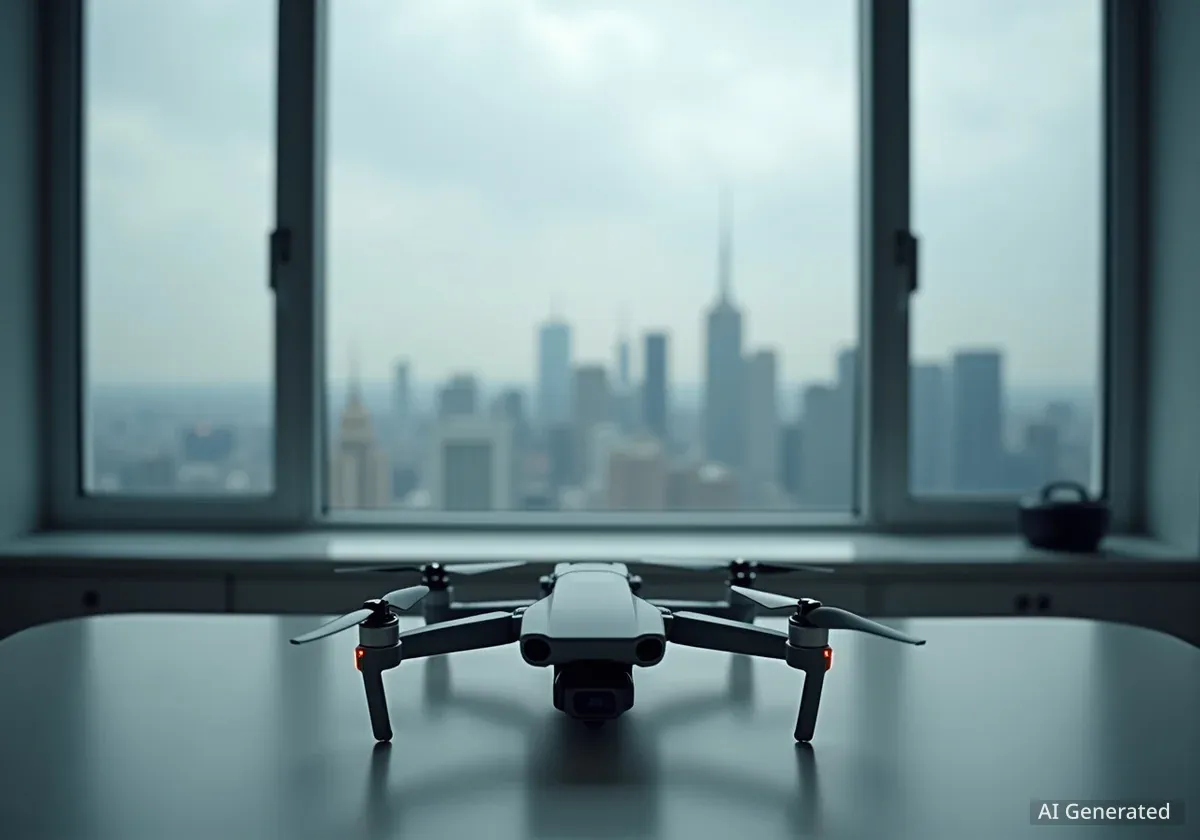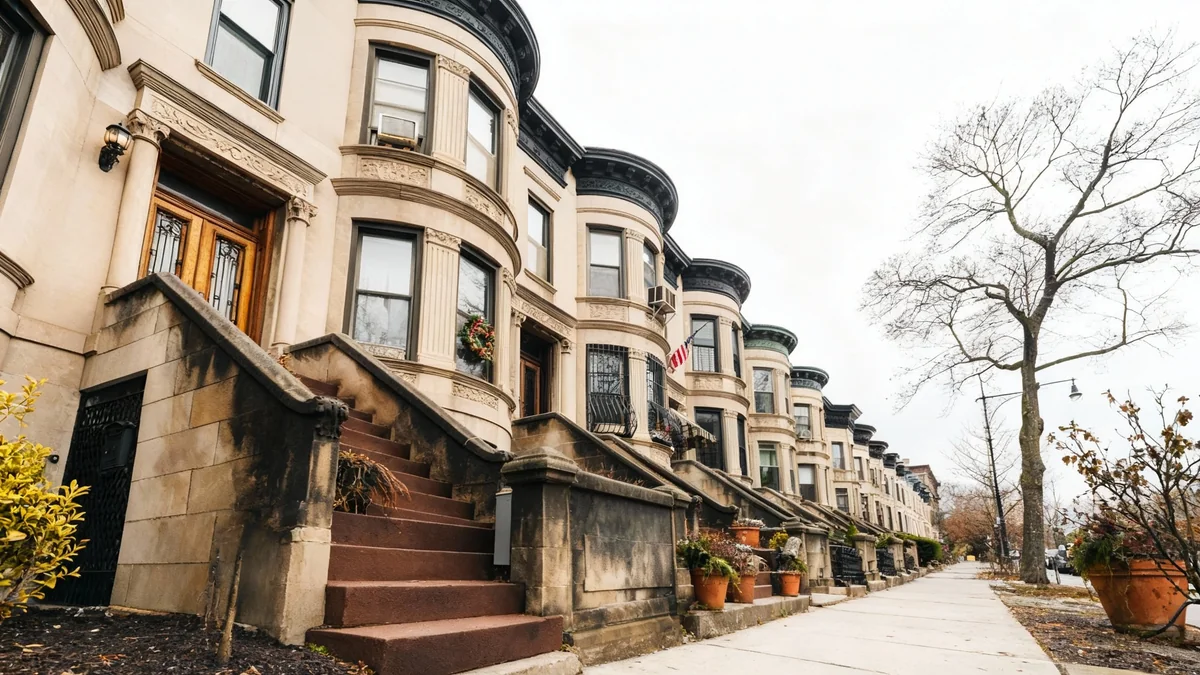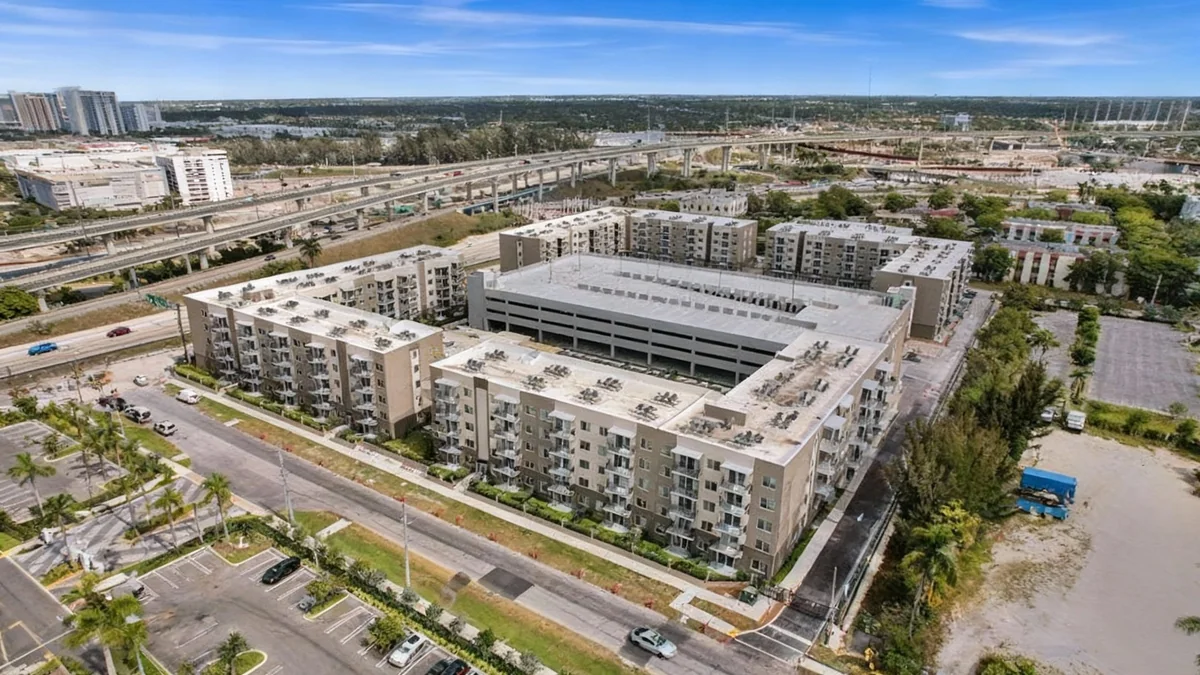A temporary flight restriction issued by the Federal Aviation Administration (FAA) has grounded all drone operations across a large portion of Chicago, causing significant disruptions for local businesses, particularly in the real estate sector. The ban, which went into effect on October 1 and is scheduled to last until October 12, was implemented for what the agency describes as “special security reasons.”
The no-fly zone has forced real estate photographers to cancel or postpone numerous aerial shoots, a critical component of modern property marketing. The restriction impacts both commercial and recreational drone use, affecting a wide range of professional services that rely on unmanned aircraft systems for their operations.
Key Takeaways
- The FAA has implemented a temporary flight restriction (TFR) over Chicago from October 1 to October 12.
- The ban applies to all unmanned aircraft systems (drones) and some manned aircraft.
- U.S. Customs and Border Protection linked the restriction to a law enforcement operation called "Midway Blitz."
- Real estate photographers and marketing agencies report significant business disruptions, including canceled and postponed projects.
Details of the FAA Flight Restriction
The directive from the Federal Aviation Administration establishes a temporary no-fly zone covering a significant area of Chicago. According to the official notice listed in the FAA's database, the restriction began at the start of October and will remain in place through October 12.
This order is classified as a Temporary Flight Restriction (TFR), a measure the FAA uses to temporarily restrict aircraft operations in a specific area. TFRs are commonly issued for security purposes, major public events, or to ensure safety during disaster relief efforts.
The geographical scope of the ban is extensive. An FAA map outlining the restricted airspace shows that it encompasses all of downtown Chicago. The zone also extends into many adjacent neighborhoods and even reaches into some nearby suburbs, effectively creating a wide-ranging aerial lockdown over the city's core.
Who is Affected by the Ban?
The FAA's order is comprehensive, applying to both manned and unmanned aircraft. However, the most immediate and widespread impact is being felt by operators of unmanned aircraft systems (UAS), commonly known as drones. This includes a diverse group of users:
- Commercial Drone Pilots: Professionals who use drones for photography, videography, surveying, and inspections.
- Real Estate Photographers: A specialized group that heavily relies on aerial imagery to market properties.
- Media and News Outlets: Journalists who use drones for aerial newsgathering.
- Recreational Hobbyists: Individuals who fly drones for personal enjoyment.
For these groups, the restriction means all drone flights within the designated area are prohibited until the order is lifted.
Security Concerns Cited as Justification
The official reason provided by the FAA for the flight ban is “special security reasons.” While the initial notice was light on specifics, further details emerged from federal law enforcement. A spokesperson for U.S. Customs and Border Protection (CBP) provided context for the decision in a statement to WGN-TV.
Understanding "Midway Blitz"
While official details remain limited, "Midway Blitz" appears to be a coordinated law enforcement operation. The CBP's statement suggests it involves addressing threats from aircraft systems, indicating a proactive security measure to protect officers and the public during the operation's timeframe.
The spokesperson stated that the TFR is a direct result of “aircraft systems being used against law enforcement during Midway Blitz.” This comment suggests the ban is a preemptive or responsive measure related to an ongoing security operation in the city. The nature of the threats or specific incidents involving aircraft systems has not been publicly disclosed.
This justification highlights a growing concern for law enforcement agencies regarding the potential misuse of commercially available drone technology. The broad restriction affecting all operators is a measure intended to secure the airspace and mitigate any potential risks to the public and personnel on the ground.
Impact on Chicago's Real Estate Market
The drone ban has sent ripples through Chicago's real estate industry, which has increasingly integrated aerial photography and videography into its marketing strategies. High-quality drone footage provides potential buyers with a unique perspective on a property, showcasing its size, layout, and relationship to the surrounding neighborhood.
"Aerial views are no longer a luxury; they're an expectation for high-end listings and commercial properties," explained a local real estate agent. "This ban effectively removes one of our most powerful marketing tools right in the middle of the fall season."
According to a report by Crain’s Chicago Business, the effects were immediate. Multiple real estate photographers and marketing firms reported that they had to postpone or cancel scheduled shoots for new listings. This disruption delays the process of bringing a property to market and can affect a seller's ability to attract interest quickly.
The Value of Drone Imagery in Real Estate
Industry data shows that property listings featuring aerial images and videos can receive significantly more engagement than those without. Drones are used to create compelling virtual tours, highlight property lines, and showcase nearby amenities like parks, schools, and transportation links, which is especially important in a dense urban environment like Chicago.
The timing of the restriction, lasting for nearly two weeks, creates a logistical challenge for agents and photographers. They must now work to reschedule dozens of appointments, creating a backlog that could persist even after the ban is lifted. For time-sensitive projects or properties intended for a quick sale, the delay represents a significant setback.
Broader Implications for Commercial Drone Operators
While the real estate sector has been a vocal example of the ban's impact, the restrictions affect all commercial drone operations within the designated airspace. This includes professionals in construction, infrastructure inspection, and event videography, who also rely on aerial platforms.
The incident serves as a reminder of the regulatory landscape that drone professionals must navigate. FAA flight restrictions, though temporary, can be implemented with little notice, requiring operators to remain vigilant and adaptable.
As the October 12 deadline approaches, affected businesses are monitoring for any updates from the FAA. It remains unclear if the restriction will be lifted as scheduled or if there is a possibility of an extension. Until then, the skies over much of Chicago will remain quiet, and businesses that depend on a bird's-eye view will have to keep their operations firmly on the ground.





